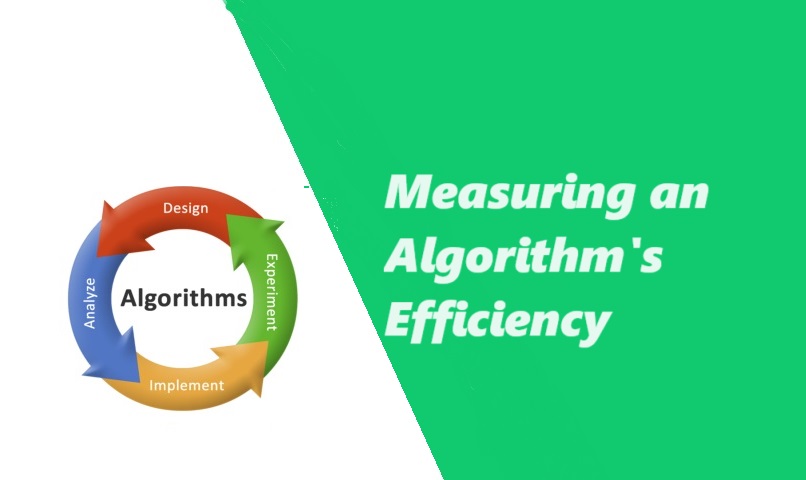When it comes to writing code, efficiency is key. Whether you’re a beginner or an experienced programmer, understanding how to measure an algorithm’s efficiency is crucial for optimizing your code and improving its performance. In this article, we will explore different methods for measuring an algorithm’s efficiency and provide examples to help you grasp these concepts.
What is Algorithm Efficiency?
Algorithm efficiency refers to how well an algorithm performs in terms of time and space complexity. Time complexity measures the amount of time an algorithm takes to run, while space complexity measures the amount of memory an algorithm requires.
There are several factors that can affect an algorithm’s efficiency, such as the size of the input data, the algorithm’s design, and the programming language used. By analyzing and measuring an algorithm’s efficiency, you can identify areas for improvement and make your code more efficient.
Suggested: Verifying an Algorithm: A Step-by-Step Guide with Examples
Measuring Time Complexity
One common method for measuring an algorithm’s time complexity is by analyzing its Big O notation. Big O notation provides an upper bound on the worst-case scenario for an algorithm’s time complexity.
For example, let’s consider a simple algorithm that sums the elements of an array:
function sumArray(arr) {
let sum = 0;
for (let i = 0; i < arr.length; i++) {
sum += arr[i];
}
return sum;
}In this case, the time complexity of the algorithm is O(n), where n is the size of the input array. This means that as the size of the array increases, the time taken by the algorithm will also increase linearly.
Another way to measure time complexity is by using empirical analysis. This involves running the algorithm with different input sizes and measuring the time taken. By plotting these measurements on a graph, you can observe the algorithm’s growth rate and make comparisons between different algorithms.
Measuring Space Complexity
Space complexity is another important aspect to consider when measuring an algorithm’s efficiency. It refers to the amount of memory an algorithm requires to run and is typically expressed in terms of the input size.
Let’s take a look at an example algorithm that finds the maximum value in an array:
function findMax(arr) {
let max = arr[0];
for (let i = 1; i < arr.length; i++) {
if (arr[i] > max) {
max = arr[i];
}
}
return max;
}
In this case, the space complexity of the algorithm is O(1), as it only requires a constant amount of memory to store the maximum value.
Similar to time complexity, you can also use empirical analysis to measure an algorithm’s space complexity. By monitoring the memory usage of an algorithm with different input sizes, you can gain insights into its space requirements.
Optimizing Algorithm Efficiency
Once you have measured an algorithm’s efficiency, you can start optimizing it to improve its performance. Here are a few techniques you can employ:
- Algorithmic improvements: Analyze the algorithm’s design and look for ways to optimize it. This could involve reducing unnecessary operations, utilizing data structures efficiently, or implementing more efficient algorithms.
- Code optimization: Review your code for any inefficiencies, such as redundant calculations or unnecessary memory usage. Look for opportunities to simplify your code and make it more concise.
- Profiling: Use a profiling tool to identify bottlenecks in your code. This will help you pinpoint areas that require optimization and guide your efforts.
Remember, optimizing an algorithm’s efficiency is an ongoing process. As you gain more experience and knowledge, you will become better at identifying and improving the performance of your code.
Conclusion
Measuring an algorithm’s efficiency is an essential skill for any programmer. By understanding and analyzing an algorithm’s time and space complexity, you can make informed decisions about how to optimize your code.
Remember to consider factors such as input size, algorithm design, and programming language when measuring efficiency. Use tools like Big O notation and empirical analysis to quantify an algorithm’s time and space complexity.
With this knowledge, you can optimize your code by making algorithmic improvements, optimizing your code, and using profiling tools. By continuously striving for efficiency, you can write code that performs optimally and delivers the best possible results.

